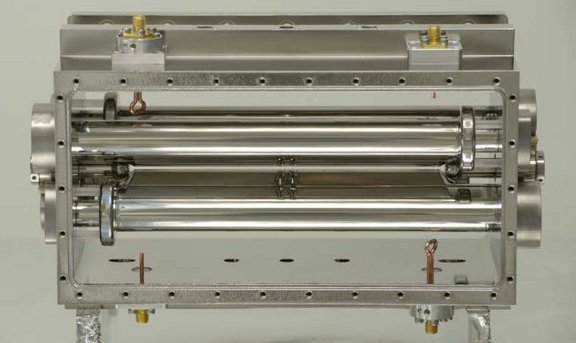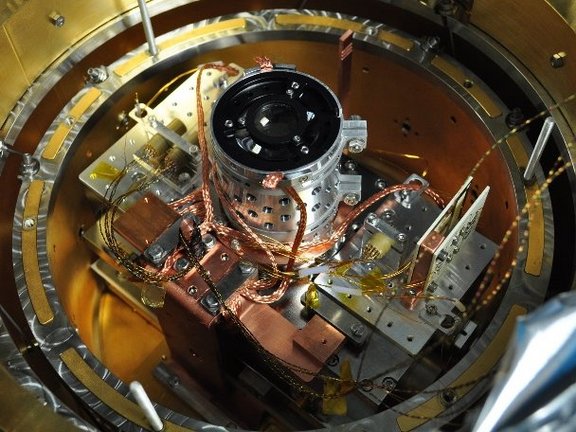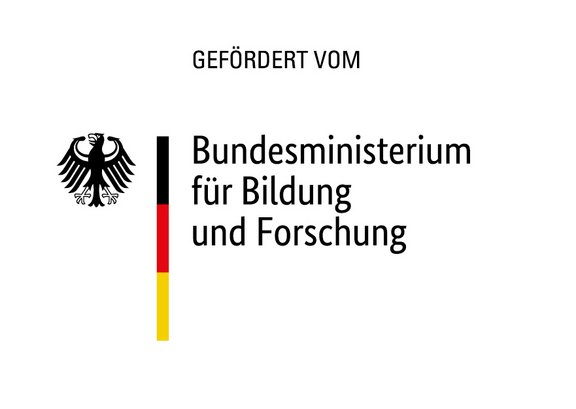Qubits are the carriers of quantum information that are written, read or exchanged by lasers. The more stable the lasers and the longer the qubits last, the more precisely they can be used, which also avoids costly error corrections.
A promising realisation of long-lived qubits are ultracold highly charged positive ions. As the latest research from José R. Crespo López-Urrutia's group shows, these are particularly robust to of external perturbations. In electromagnetic traps at ultra-high vacuum, these ions can be prepared with laser light and kept almost undisturbed over a longer period of time. The aim of the project is to simultaneously store many qubits of this type undisturbed and to control them with extremely stable lasers. The associated project partner is Toptica Photonics AG. The planned construction of a superconducting ion trap is scalable to many qubits.
With this combination of extremely stable lasers and qubits in high charge states, the limits of the temporal stability of quantum information beyond the seconds limit can be explored. This enables new applications in quantum sensing and quantum simulation. The lasers used for many quantum technologies are thereby tested under extreme requirements in order to improve them and enable further applications.


